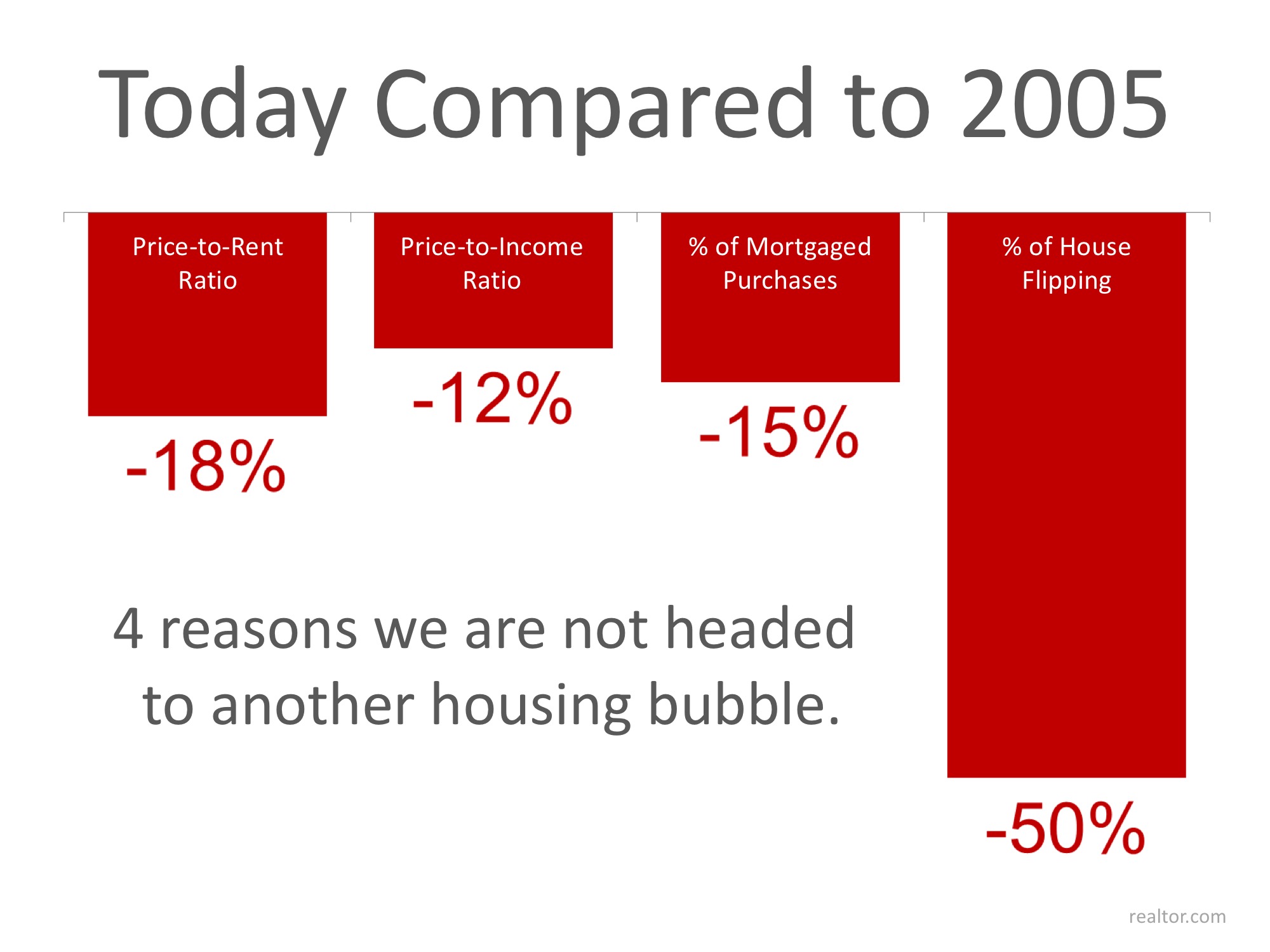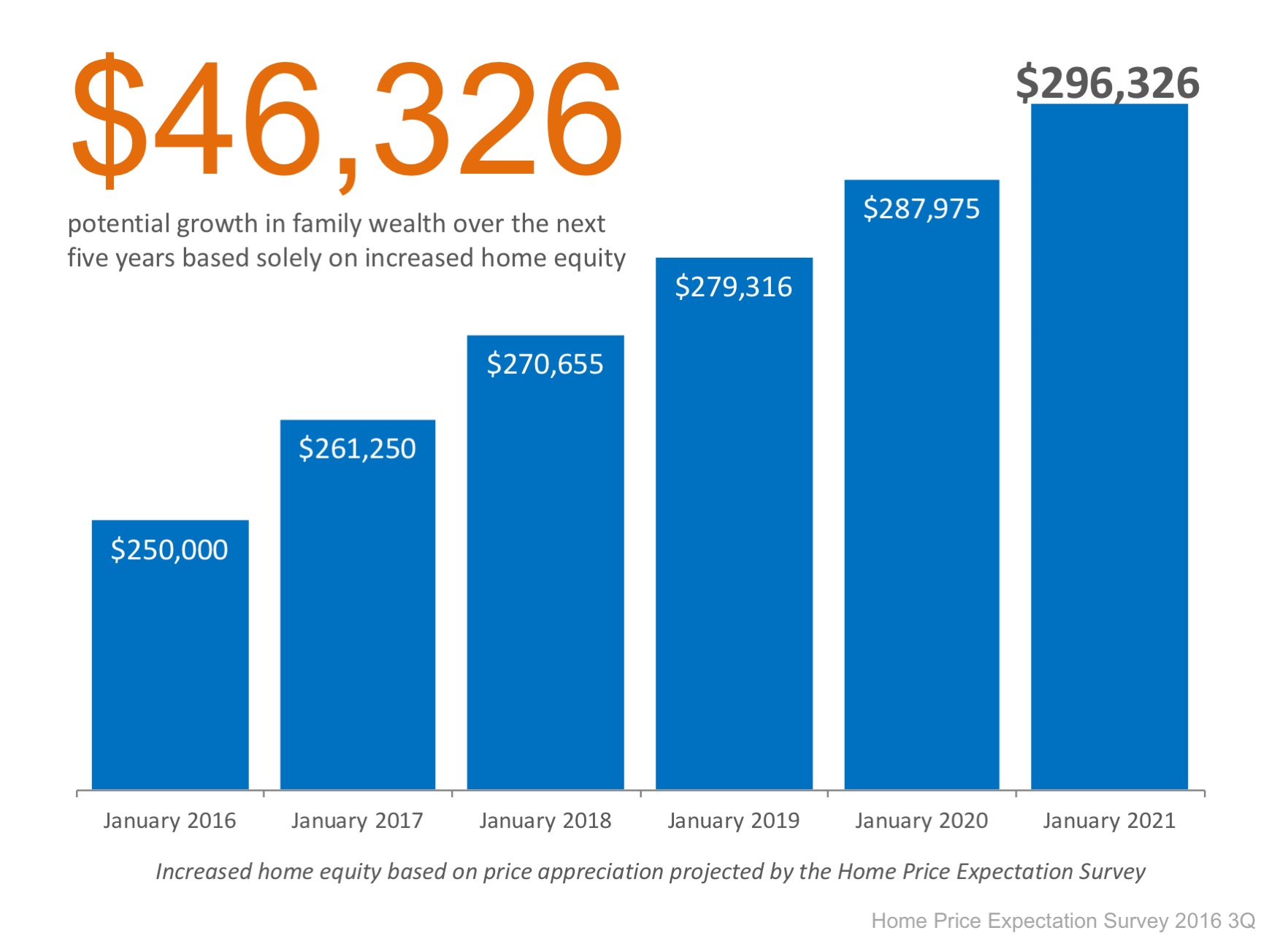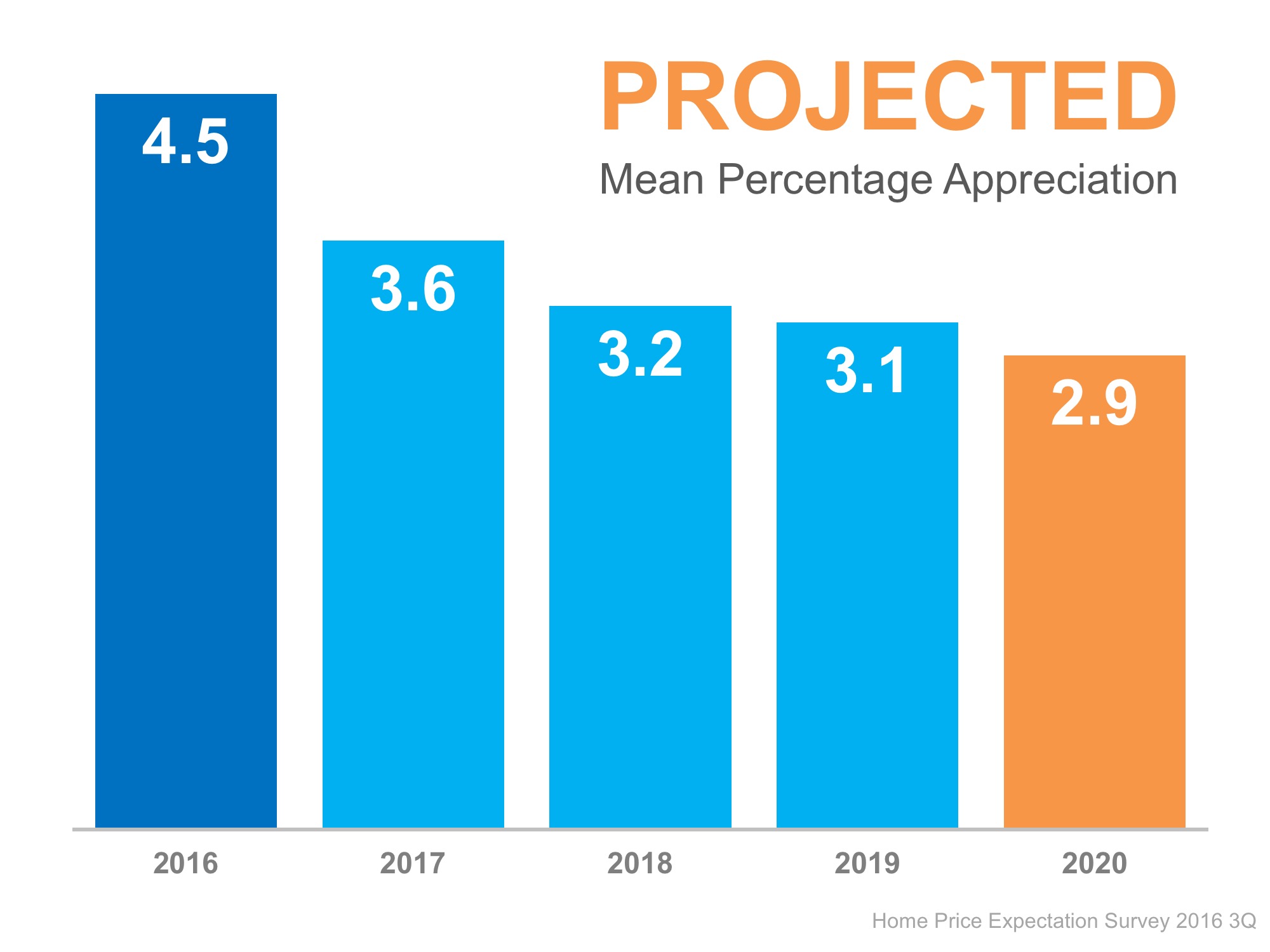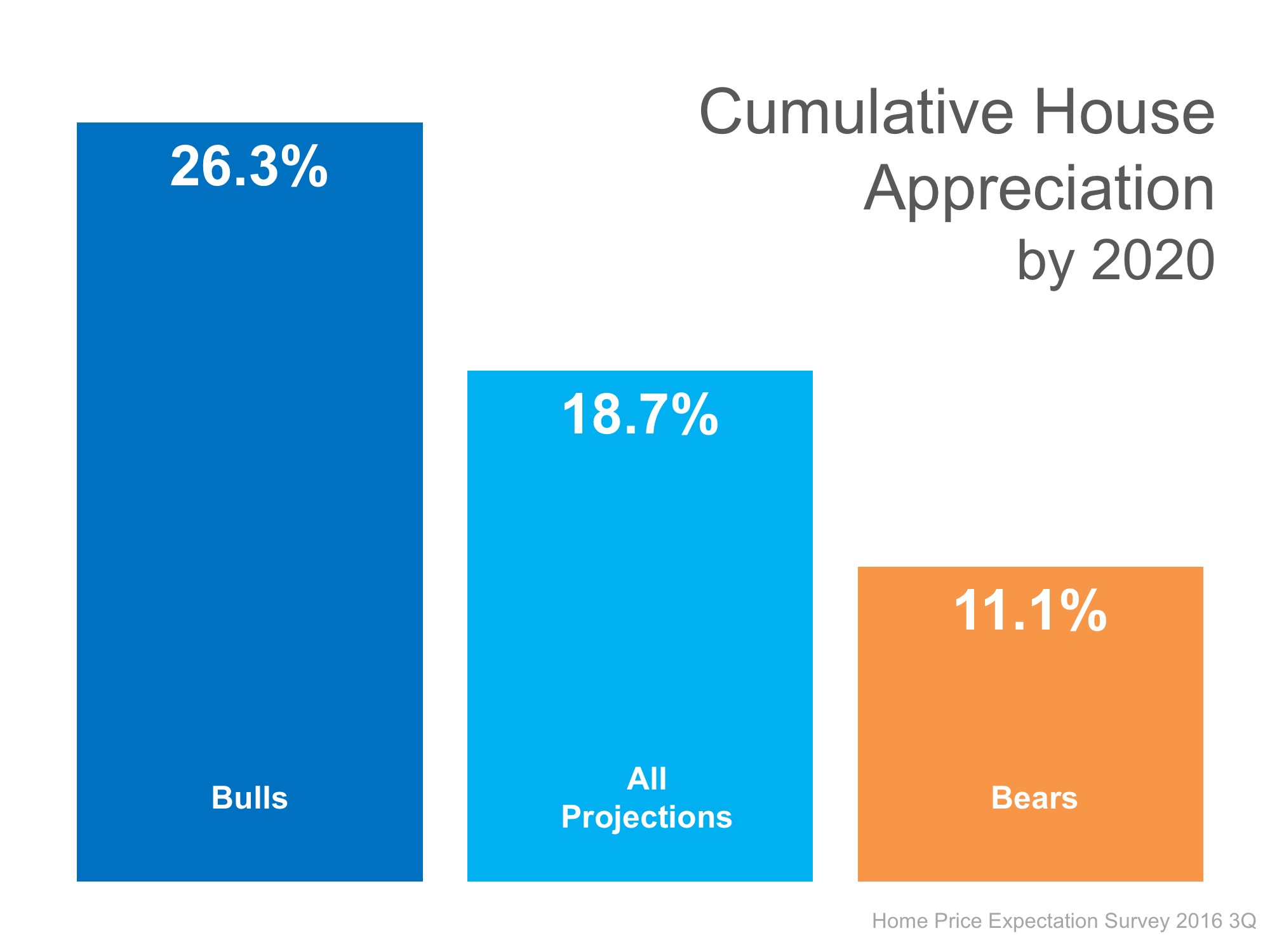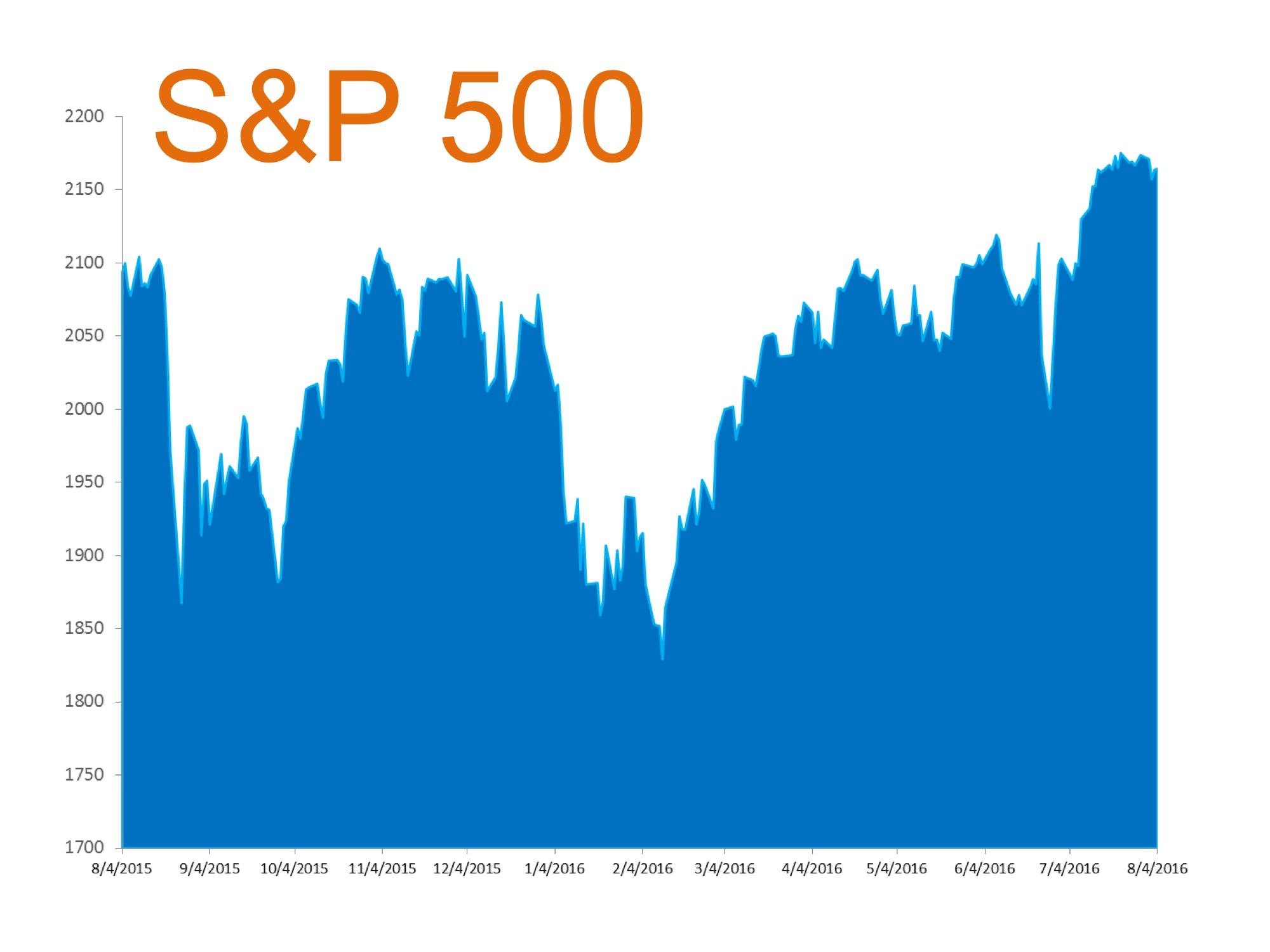
Have you ever been flipping through the channels, only to find yourself glued to the couch in an HGTV ‘show hole’*? We’ve all been there… watching entire seasons of “Love it or List it,” “Fixer Upper,” “House Hunters,” “Flip or Flop,” “Property Brothers,” and so many more, just in one sitting.
When you’re in the middle of your real estate themed show marathon, you might start to think that everything you see on TV must be how it works in real life, but you may need a reality check.
Reality TV Show Myths vs. Real Life:
Myth #1: Buyers look at 3 homes and make a decision to purchase one of them.
Truth: There may be buyers who fall in love and buy the first home they see, but more often than not the process of buying a home means touring more than three homes.
Myth #2: The houses the buyers are touring are still for sale.
Truth: The reality is being staged for TV. Many of the homes being shown are already sold and are off the market.
Myth #3: The buyers haven’t made a purchase decision yet.
Truth: Since there is no way to show the entire buying process in a 30-minute show, TV producers often choose buyers who are further along in the process and have already chosen a home to buy.
Myth #4: If you list your home for sale, it will ALWAYS sell at the Open House.
Truth: Of course this would be great! Open Houses are important to guarantee the most exposure to buyers in your area, but are only a PIECE of the overall marketing of your home. Just realize that many homes are sold during regular listing appointments as well.
Myth #5: Homeowners make a decision about selling their home after a 5-minute conversation.
Truth: Similar to the buyers portrayed on the shows, many of the sellers have already spent hours deliberating the decision to list their home and move on with their life/goals.
Bottom Line
Having an experienced professional on your side while navigating the real estate market is the best way to guarantee that you can make the home of your dreams a reality!
*Show Hole - A side effect of binge-watching. Symptoms include a sense of emptiness and depression brought on by realizing you just wasted a good portion of your life watching several seasons of a TV show or an entire movie franchise all at once when you could have managed your time better.

![‘Old Millennials’ Are Diving Head-First into Homeownership [INFOGRAPHIC] | Simplifying The Market](../../wp-content/uploads/2016/08/Old-Millennials-ENG-STM.jpg)

